The research involved Dr. Pham Le Nhan, a specialist in inorganic materials and materials applied in biotechnology. He has spent time researching and teaching in Vietnam .
Thermal and infrared imaging is used in a wide range of industries including defence, security and surveillance, medicine, electrical engineering, space exploration and autonomous vehicles. However, the materials used in this technology are expensive and increasingly difficult to source. In response to the need for low-cost alternatives, a team of chemists and physicists at Flinders University has developed a completely new polymer material made from sulphur and cyclopentadiene (C5H6). The high-performance polymers have a unique ability to transmit infrared light.
Responding to Thanh Nien , Dr. Nhan said the new material is based on the reaction between sulfur and cyclopentadiene, creating a black plastic that is highly transparent to infrared light. "This is the light detected by a thermal imaging camera. This new material is designed to have many potential applications from space engineering to military operations, as well as civil and aerospace industries," according to Dr. Nhan.
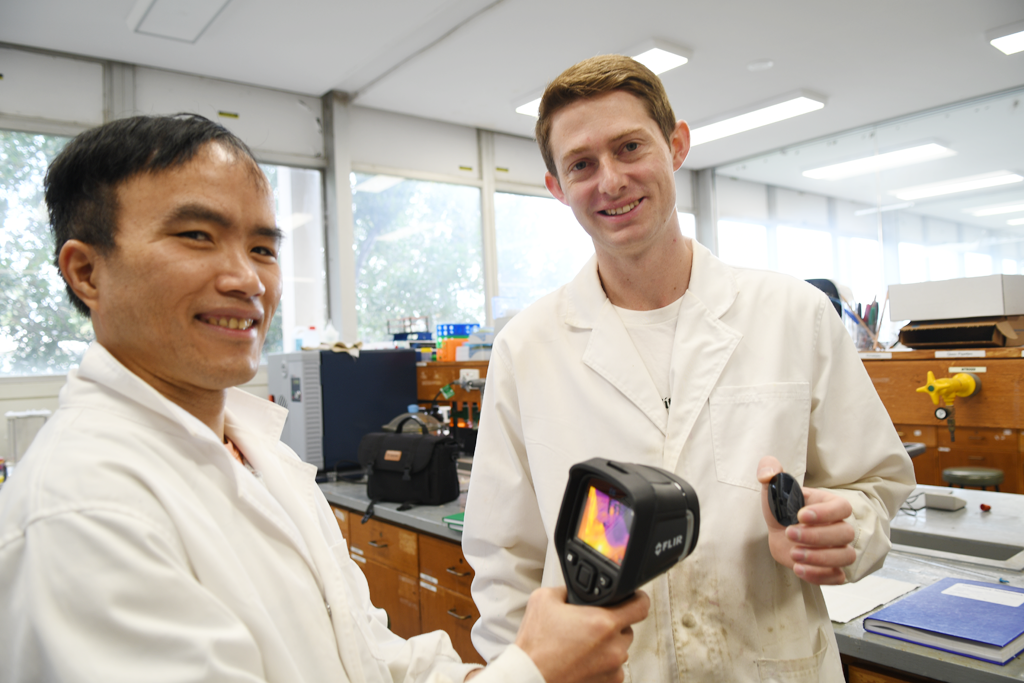
Dr. Nhan and Dr. Tonkin (right)
The new material can be molded into a variety of lenses, including those used to magnify images in thermal imaging cameras. The black color also helps conceal and protect equipment, so the material could be used for camouflage, a useful property in defense operations or wildlife tracking.
In the journal Advanced Optical Materials, co-author Dr Sam Tonkin, from Flinders University, said the new material "has the potential to expand the use of thermal imaging into new industries that have previously been limited by the high cost of germanium or chalcogen lenses".
Sulfur is produced in the millions of tons in the oil refining industry, not to mention the billions of tons available in geological deposits. In addition, cyclopentadiene is also derived from cheap materials produced in the oil refining process. Meanwhile, current thermal imaging lenses use germanium, which is in very limited supply and therefore very expensive. Some germanium lenses cost thousands of dollars. Chalcogen lenses also have drawbacks, such as using toxic ingredients such as arsenic or selenium.
The new polymer material also has other properties, including the highest transparency ever recorded for a plastic to long-wave infrared light. The raw material is also low cost, with 1 gram of lens costing less than 1 cent. What’s more, the material can be quickly molded to create a variety of shapes.
Source link




![[Photo] Prime Minister Pham Minh Chinh receives Chairman of Commercial Aircraft Corporation of China (COMAC)](https://vstatic.vietnam.vn/vietnam/resource/IMAGE/2025/4/14/93ca0d1f537f48d3a8b2c9fe3c1e63ea)



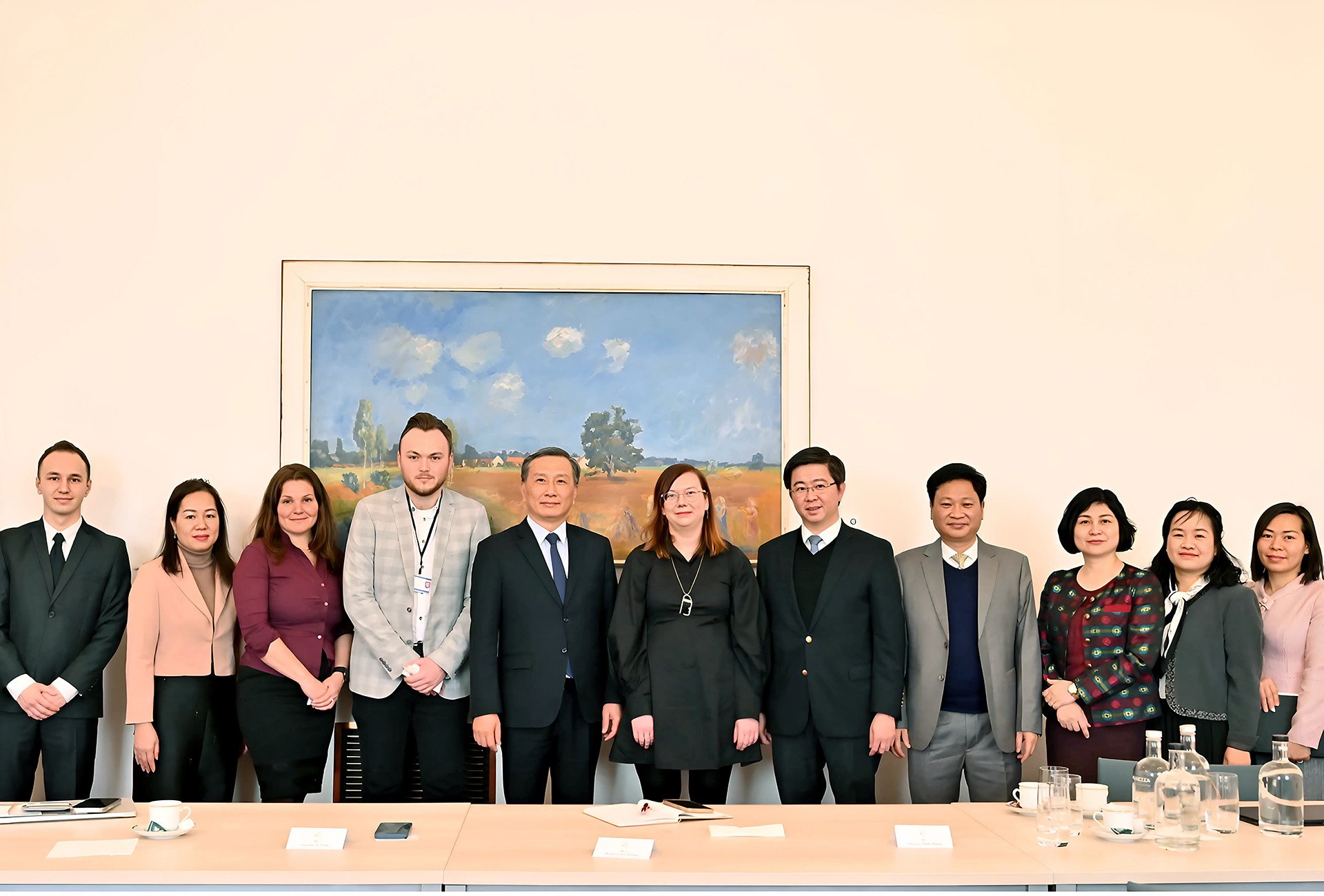



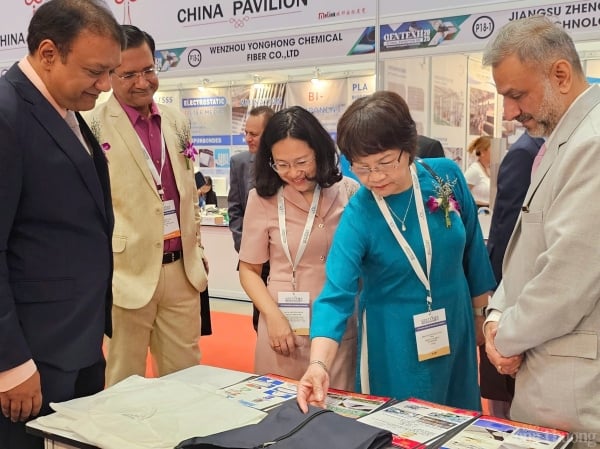














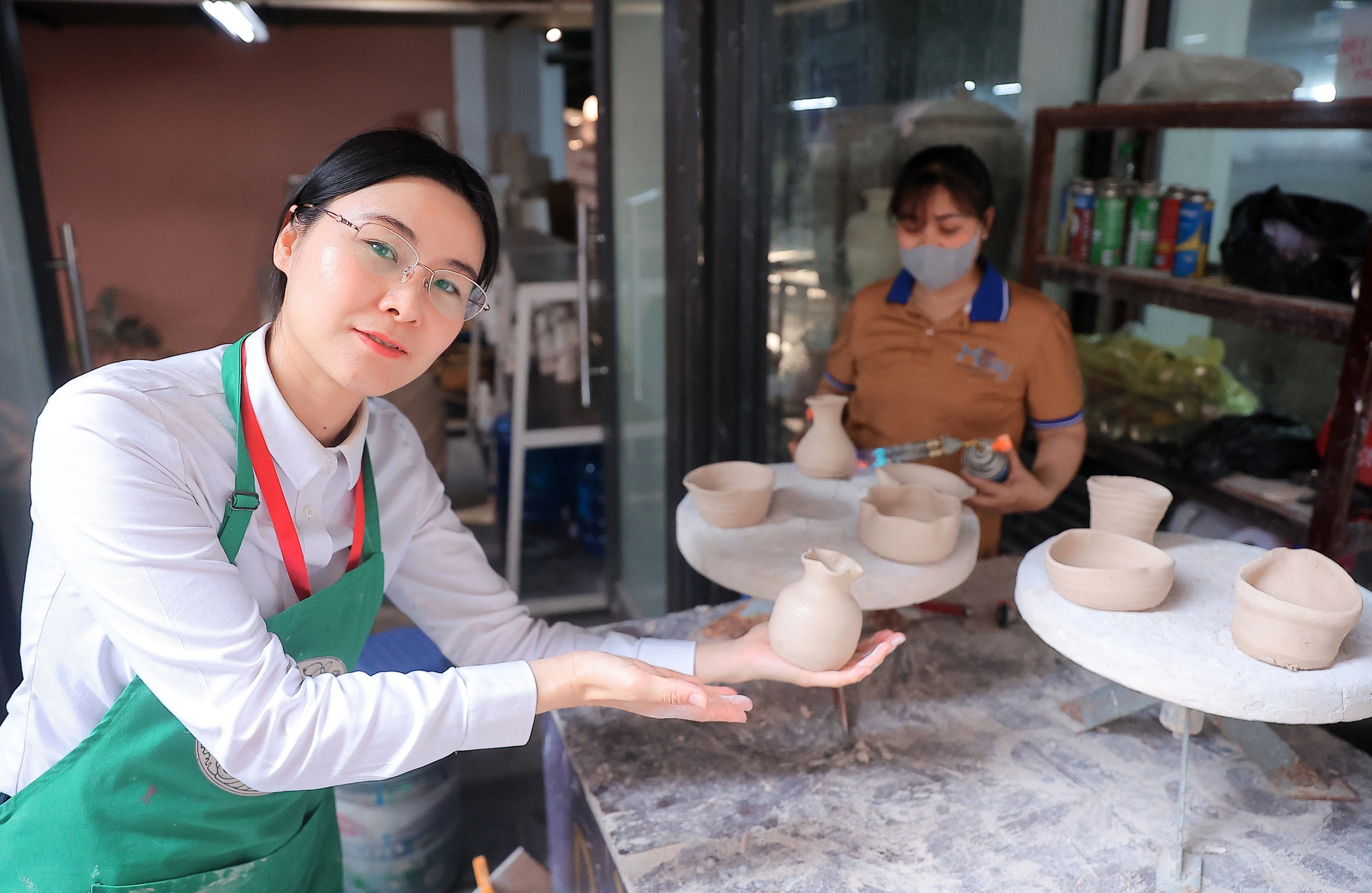








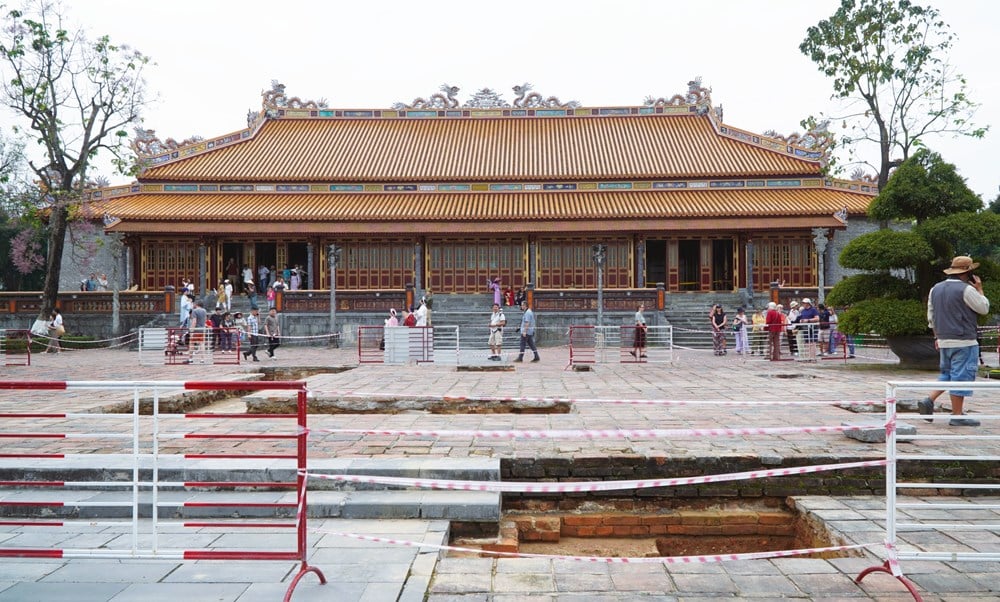













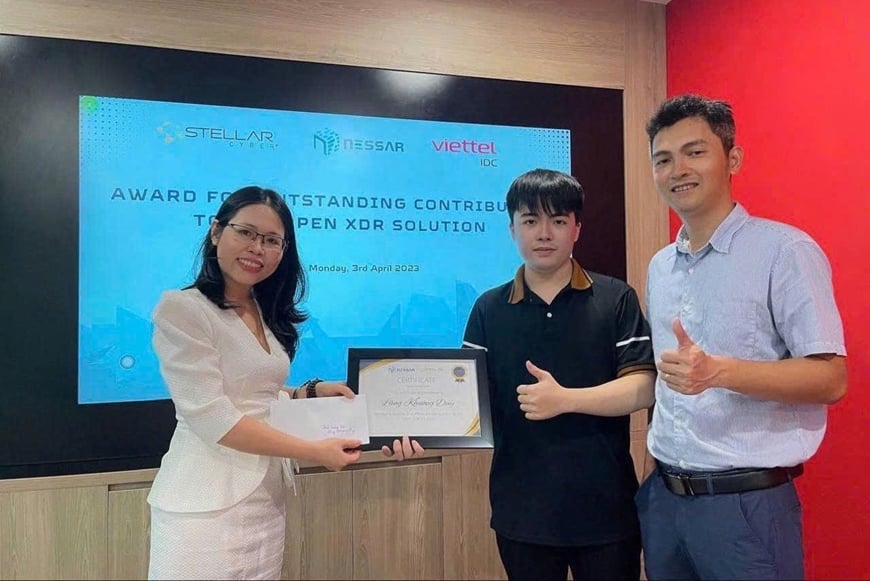



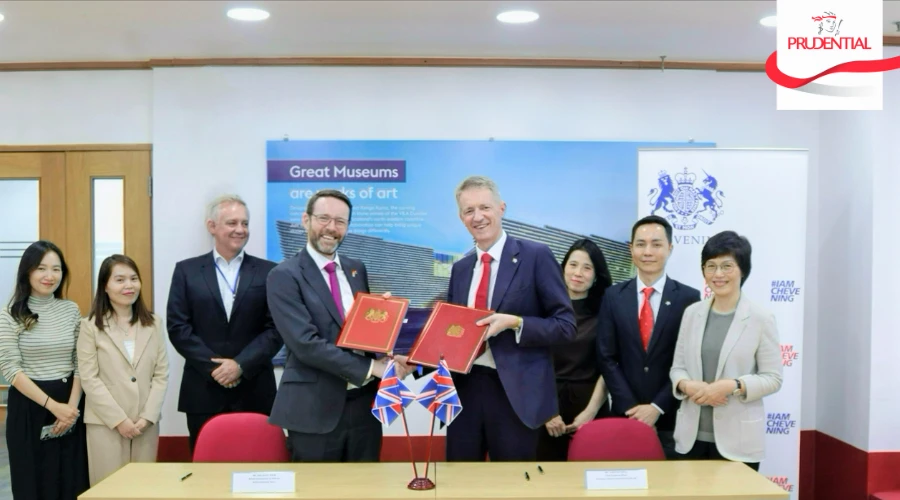

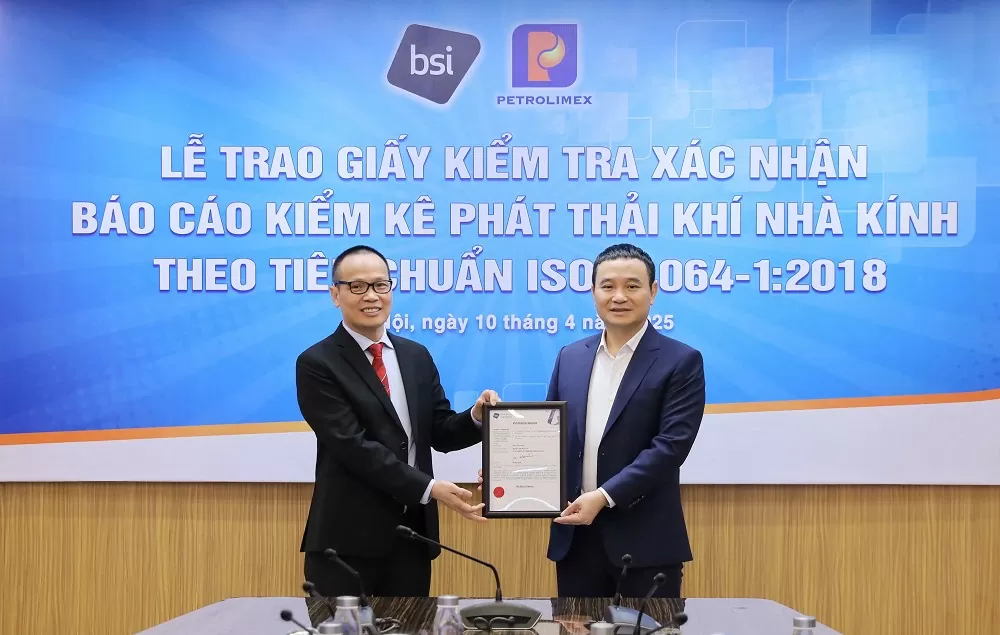









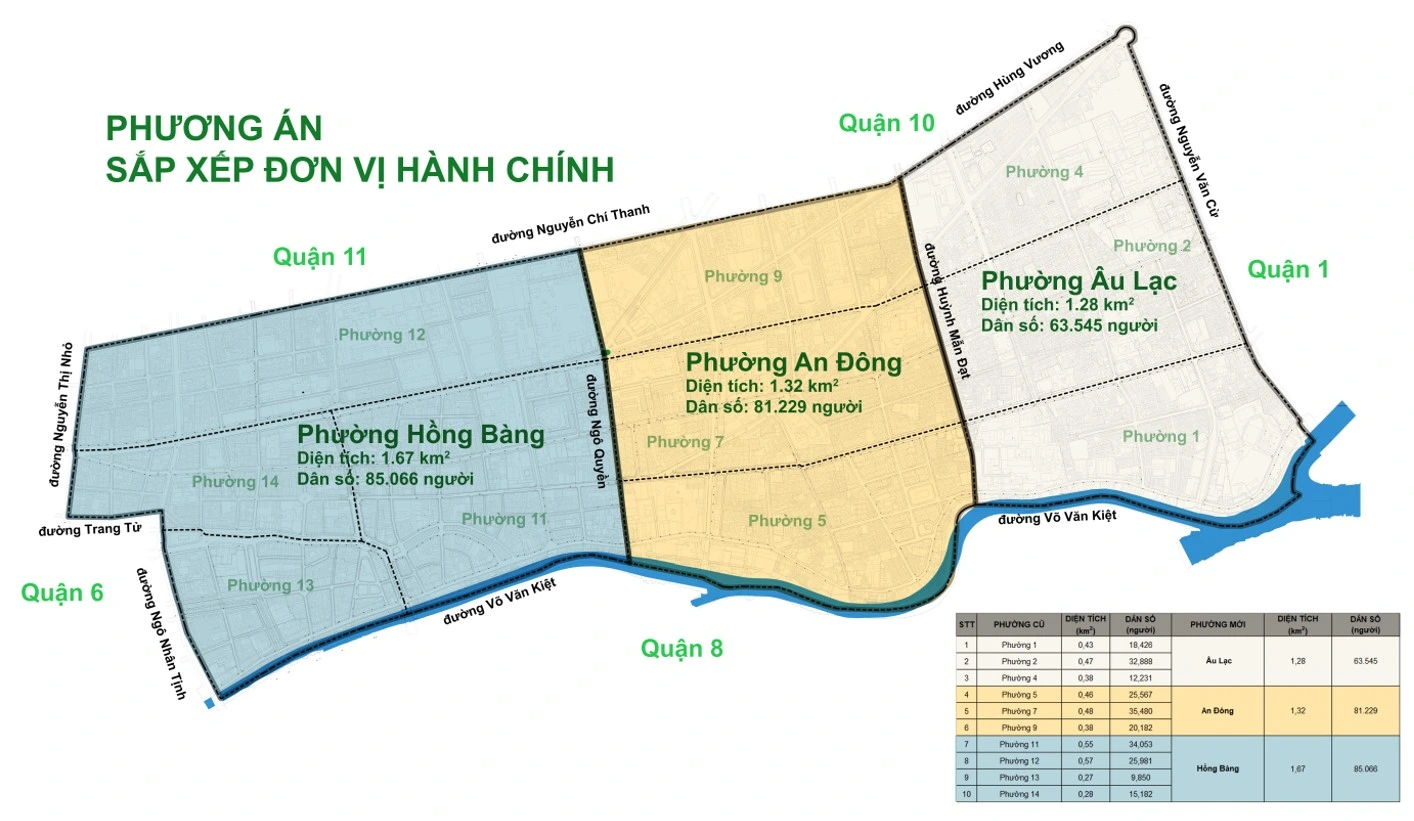











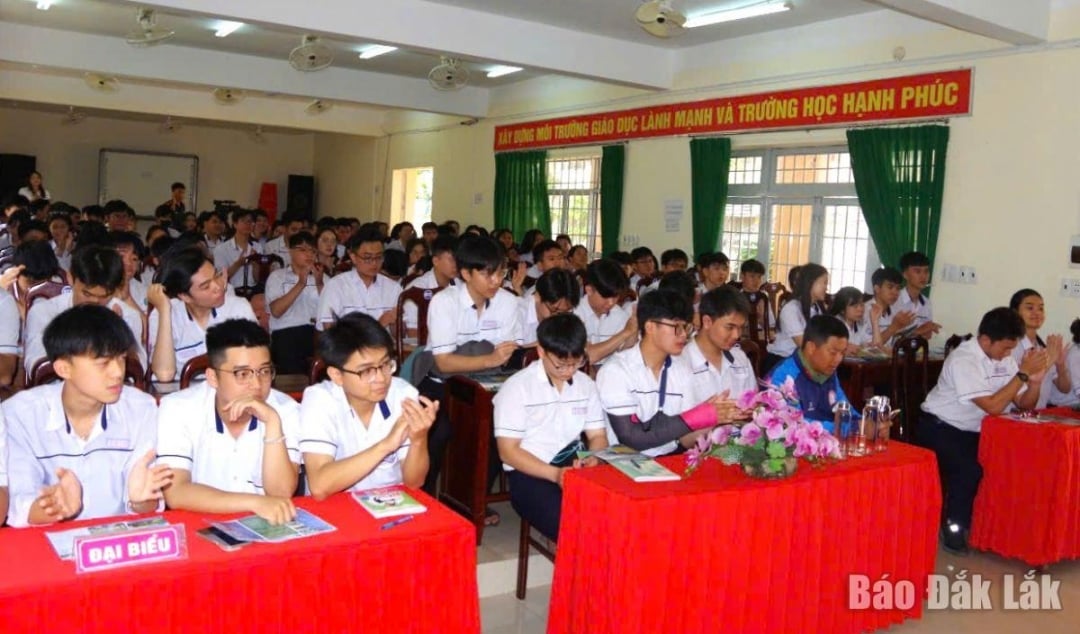






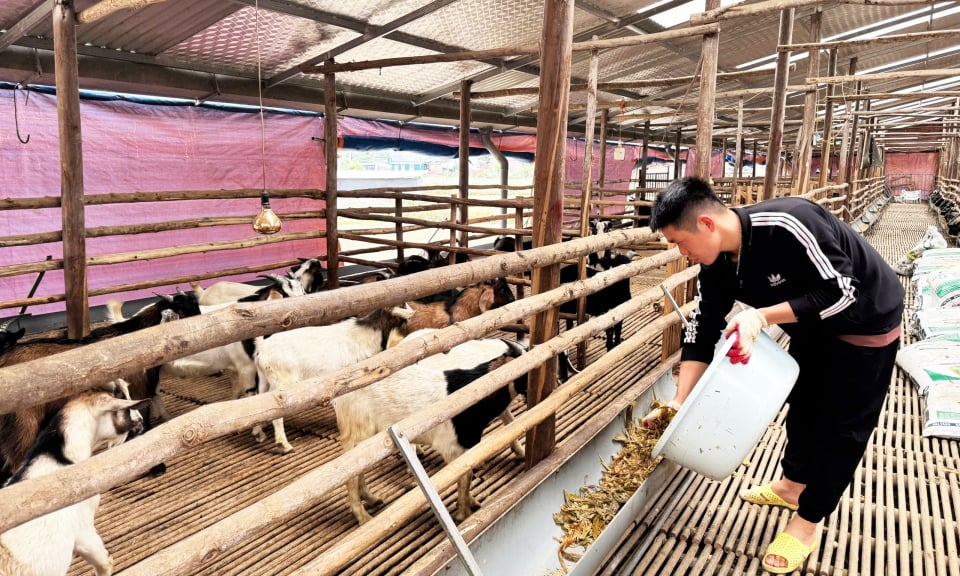









Comment (0)